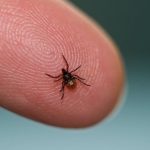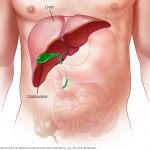What is Kawasaki Disease?
According to the Center of Disease Control and Prevention (CDC), Kawasaki disease is an acute febrile sickness that usually affects children 5 years and younger. The disease is named after Tomisaku Kawasaki, who discovered KD in 1967. The first cases of Kawasaki disease to be reported outside of Japan were in Hawaii, 11 years after the disease was named.

The disease causes inflammation within medium-sized arteries throughout the circulatory system. The coronary arteries, which send blood to the heart, are most often affected. You may also hear KD sometimes referred to as “mucocutaneous lymph node syndrome,” because the illness also affects glands (lymph nodes) that become enlarged while the body combats infection, the mucous membranes of the eyes, nose throat, and also the skin.
Kawasaki disease occurs throughout the world, but is most often seen in Japan and affects younger children and boys more. It is thought that Kawasaki disease has a winter-spring season. Luckily, while KD sounds frightening, most of those who are affected will survive and have no long-term complications. KD is not contagious.
More from Things Health
-
Understanding Crohn's Disease
Crohn's Disease is an Inflammatory Bowel Disease commonly referred to as IBD. Inflammatory Bowel Disease consists of several disorders, the primary two are Crohn's Disease…
-
Lyme Disease Symptoms
Experts are suggesting that 2017 will be a bad year for ticks. Lyme disorder is propagated by deer ticks and is the result of a…
-
Celiac Disease Diet: 9 Gluten-Free Grains to Try
In recent years, everything from bagels to haircuts have been advertised as being “gluten free.” When the trend first started, many joked about the fact…
-
Fatty Liver Disease
Non-alcoholic fatty liver disease is among the most typical causes of chronic liver disease. Studies suggest that though simple fatty liver is a condition benign,…
-
5 Warning Signs of Inflammatory Disease
Inflammation is an incredible bodily process. It helps to defend us against bacterial infections, viruses and other intruders. The acquired immune system develops to understand…






